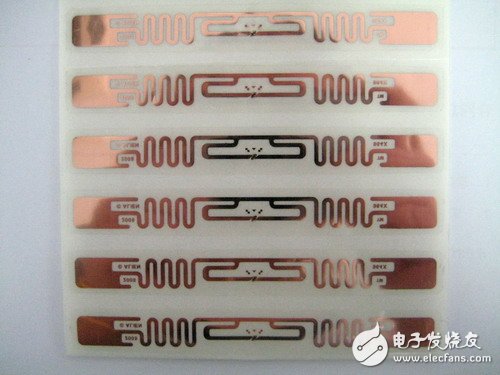Radio frequency tags (RFID) are a new force in the printing industry and one of the most promising areas for entrepreneurs with long-term vision. In order to meet the needs of different people, this article elaborates on the causes and hazards of static electricity generation on RF tags and the methods used by static control experts and solution providers to protect RF chips.
With the emergence of radio frequency identification technology, radio frequency tags (RFID) have also entered the paper products processing industry. Equipment suppliers are eager to become the first overlord of the industry to provide frequent radio frequency tag solutions, which has led to the rapid spread of this technology in the entire industry. The range of applications for RF tags is unlimited. Although it can bring countless opportunities to people, it will also bring people a certain degree of challenge as the number of users increases.
Most label and trademark processors are asking: “What exactly is a radio frequency tag?†Radio frequency technology is a method of remotely storing and retrieving data. Its carrier is a radio frequency tag. This tag contains an antenna that accepts and reflects radio waves from the RF transceiver. According to the different power supply modes of the radio frequency tag, there are two types, one is an active radio frequency tag, and the other is a passive radio frequency tag. The active RF tag contains a built-in battery, while the latter does not contain a built-in battery. The built-in battery can transmit clear signals to distant places, but the far-end RF tags are relatively large in size and more expensive than passive RF tags.
This is where the "earthquake" happened. RF tags are electronic devices that were designed without regard to the harsh environment of the paper processing industry. I am not sure how familiar the paper products processing plant is with electronic components, but I can assure you that there is no place in the paper processing plant for storing unprotected chips. Indeed, as mentioned above, the types of chips are varied, and some of them are more resistant to static interference. However, there are many documents that record the damage caused by electrostatic discharge to the RF chip. This kind of damage usually leads to a decline in product quality in a short period of time, and more seriously, it may cause failure of the RF chip.

problem
Static electricity is a common problem in the processing of packaging and paper products. For example, slitting, printing, and coating processes are all related to static electricity.
Static charges are produced by the mutual contact and separation of materials as they pass through different stages of production and processing. When the materials contact and separate from each other, the friction between them (triboelectric charging) produces surface charges, or static charges. By definition, static charge is the residual charge caused by charge imbalance. This charge is usually generated on an insulating material such as film or coated paper, and may also be generated on a conductive surface that is isolated from the ground. This is important because many material suppliers claim that their new antistatic materials protect the RF chip from electrostatic charge. Unfortunately, their statements are not entirely correct, because static charges can be transferred to conductive objects that are isolated from the ground. Once such a conductive object (such as a radio frequency chip) is close to the ground, the transfer of charge can cause damage to the object.
Biomass Cook Stove,Wood Cook Stoves,Outside Camping Pellet Stove,Biomass Camping Stove
Xunda Science & Technology Group Co.ltd , https://www.xundatec.com
